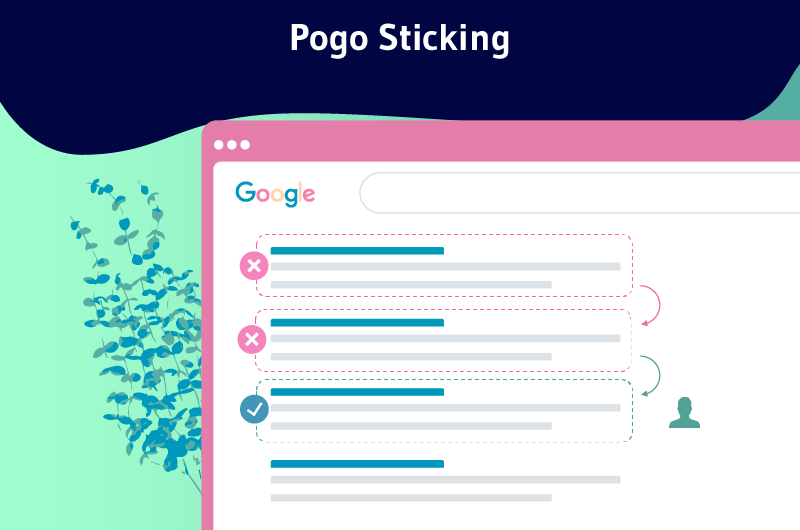In SEO, we talk about Pogo Sticking when a user enters a website from the search engine, but immediately returns to the search engine using the ”back” button, and clicks on another page
Very often, when we discover a page at the top of the SERPs, we often believe that it can still meet the expectations of Internet users
But the fact is that it sometimes happens that visitors quickly abandon these pages of others that are lower. This phenomenon is called: Pogo Sticking
When this behavior of Internet users becomes more and more common on a given page, it strongly harms the positioning of the page in question and its online reputation.
So,
- What is Pogo sticking?
- What are the causes of Pogo sticking in SEO?
- How does Google interpret Pogo sticking?
- How to avoid it?
These are some of the questions that I will explain clearly and precisely throughout this guide.
Let’s go!
Chapter 1: What does Pogo Sticking really mean?
In this chapter, we will discuss the main points to better develop what Pogo Sticking is.
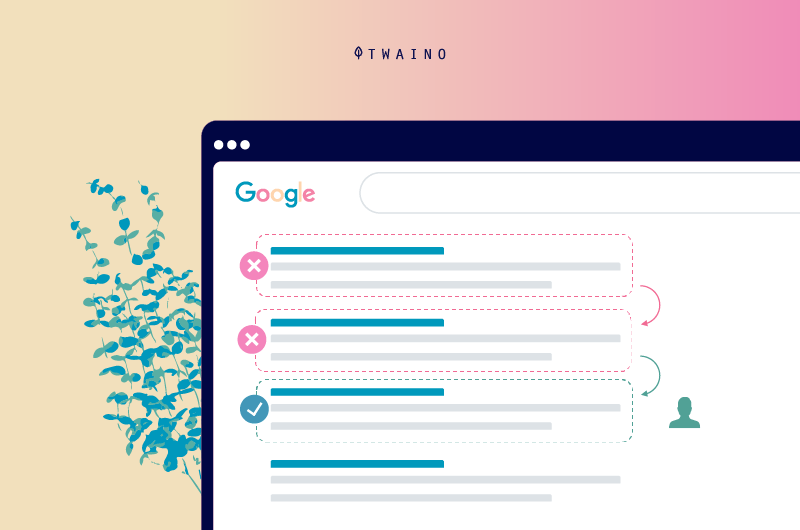
1.1) What is Pogo Sticking?
As defined above, Pogo Sticking is when users land on your site after typing a search query, but immediately leave it for another site because they are not satisfied.
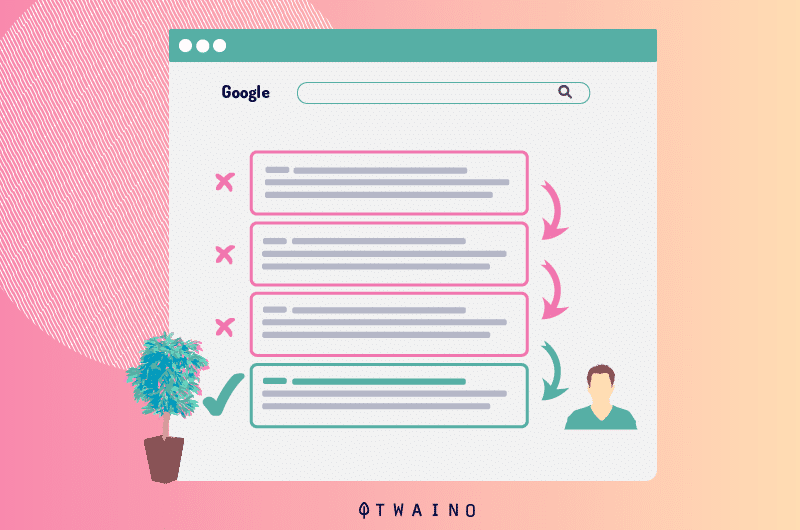
For organic or natural results, if pogo sticking occurs too frequently, it can hurt your ranking, as Google may interpret them as irrelevant or low quality pages.
What search engines are interested in is that quality content is offered to the user and that it best meets their needs. If a user is doing a lot of pogos, it is not good for them at all.
1.2) What are the causes of Pogo Sticking?
There are many reasons that can make visitors leave a site immediately after landing!
Here are the main ones:
- The content does not match the users’ expectations:
Most of the time, when users encounter irrelevant content, they don’t stay on the page for more than 10 seconds before clicking the back button.
Your content is supposed to match the user’s intent. When a query is entered, the user expects Google to provide a precise or accurate answer, and if not, they will leave immediately.
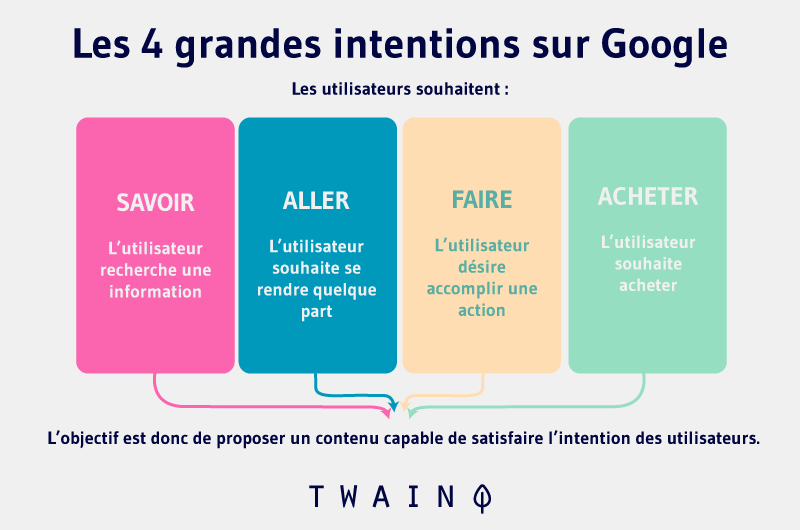
- The content is of poor quality
When the articles on your website are full of blatant spelling mistakes that scare everyone at first glance, no one is going to want to interact with your site for long.
- The website is very slow or full of spam
In such a situation, the user will hit the back button before the page is even finished downloading.
- The layout of the website is chaotic
The user has little patience and if he does not find what he is looking for in a short time, he will leave.
1.3. Pogo Sticking and user intent
Pogo sticking is one of the best ways for Google to know if a search result satisfies the user’s search intent. The more this action occurs on your website, the more Google will think that your content is not liked by users.
Therefore, you should always think about how to improve your content to satisfy the user’s search intent and escape Pogo Sticking
As you already know, every website owner wants the user to stay on his page as long as possible
This can only happen when:
- You create quality content that actually meets the user’s search intent
- You make navigation as comfortable as possible, for example by reducing the loading speed.
1.4. What is the difference between Pogo Sticking and Bounce Rate?
As mentioned above, Pogo Sticking is when a user performs a search, clicks on a result, and then immediately gives up to show interest in another page in the SERPs. This is a clear proof of dissatisfaction of the user.
Bounce rate your bounce rate refers to the percentage of visitors who visit your site and leave after viewing a page.
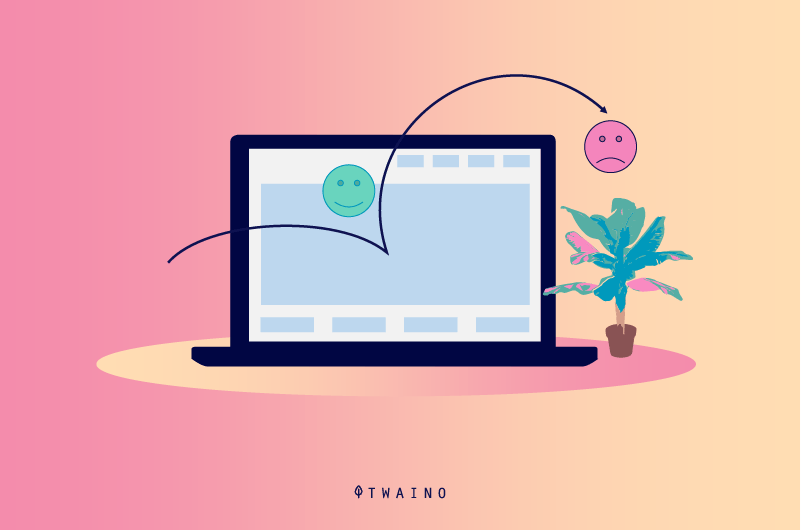
A high bounce rate only means that visitors are not interacting or going deep into your site
Otherwise, they only settle for what brought them there without doing a website crawl. Even so, the visitor can still share the page, bookmark the page or spend time on the page.
The main difference between the two concepts is the user satisfaction
Pogo is outright a sign of user dissatisfaction, whereas with a bounce rate, there is a chance that the visitor will find what they are looking for on the page before bouncing
1.5. How does Google interpret Pogo sticking?
When the Pogo behavior is repeated over and over again on your website, while it is ranked at the top of the SERP, it may reflect an error on Google’s part
This would mean that your page is not performing as expected on average. So, it cheats Google to rank high and its content would certainly be worse than what Google expected
In other words, your content does not solve the doubts or needs of its users
As a result, Google would consider dropping the ranking of your page, in order to improve the experience of its users so that they don’t feel obliged to scroll all the way down to find what they want
However, it should be noted that Google does not immediately proceed with the penalty the first time it notices Pogo sticking on a web page
In fact, the penalty comes after a consistent and repeated notice of this user behavior over a long period of time by Google
1.6. What is the real problem with Pogo Sticking?
Pogo-stick behavior is often discussed because of people who immediately bounce off a site and return to the external search engine or another SERP result
It is true that this behavior can be generated by a poorly designed landing page. It can also be due to visitors who are not really interested in the product or service offered and therefore are not potential customers.
In short, the pogo-stick behavior clearly indicates the visitor’s dissatisfaction with the content of the visited web page
Because of the irrelevant content found on your page, these users may never come back to your website again
Chapter 2: How to avoid Pogo Sticking?
It has been proven that websites with quality content and a good user experience (UX) usually have a lower Pogo-sticking ratio. If you don’t want to lose your SEO ranking in Google SERPs anymore, consider the recommendations below:
2.1. Work properly on your content
It is basically recommended that
- Your content is purely original
- Your content solves the user’s doubts;
- Your content provides valuable information
Another reason why users might immediately leave your site is incomplete content. In such situations, long content that answers common user queries is the key.
In addition, internal links are also important in solving Pogo sticking behavior. This is because users can use these internal links to move from one page of the site to another to locate the information they want.
It is also important that you focus on the right keywords describing your services when writing your content.
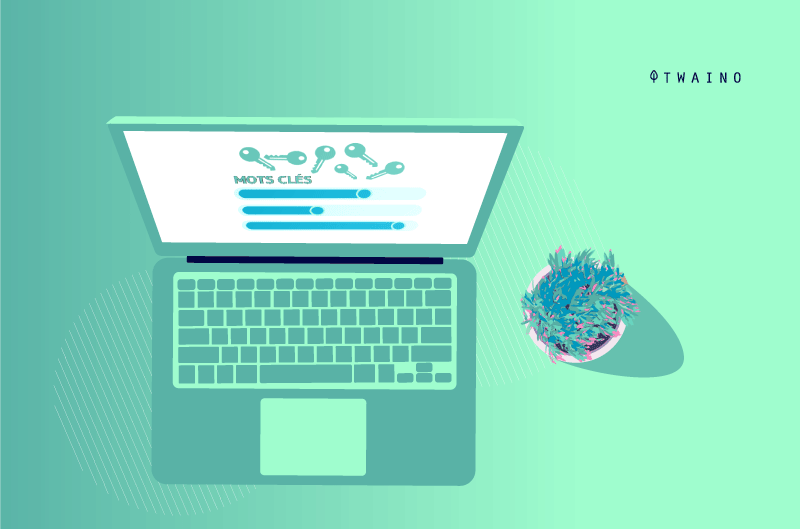
This increases the relevance of your website and ensures that your website visitors are actually looking for your services.
Here’s a video from Twaino talking about content strategy
2.2. Take care of the user experience (UX)
It is important to make navigation easy for users, whether from a computer or a mobile device
To do this, here are the main points to prioritize:
- Avoid a lot of scrolling down
- Make menus easy to find
- Put a hierarchy between text and images;
- Create a user-friendly design;
- Make sure your site is adaptable to all types of devices;
- Etc.
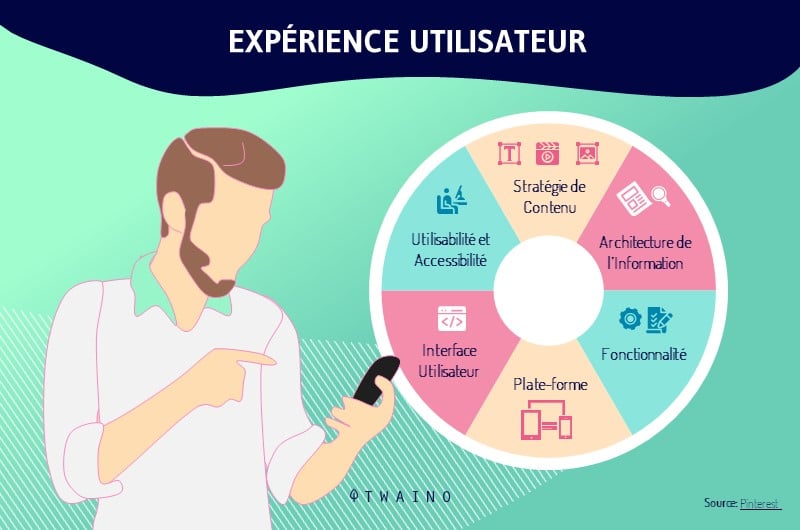
In addition, the size of the body of your text should not be less than 16 pixels. If it is smaller than that, it will force mobile device users to zoom in on the page to read the rest of the text, which is not good.
Make sure users can easily read your content when the computer or phone is held at a natural distance.
All of these are factors that influence the user experience for good website navigation
If a website has a good design and an appropriate look, it reduces pogo-sticking. And finally, a well-organized web platform ensures effective visitor satisfaction.
2.3. optimize the loading speed of your website pages
If a website doesn’t load within 3 seconds, the chances of bouncing are high. It is very important to optimize the loading speed of a site so that users do not get tired of waiting and decide to leave the site instantly.
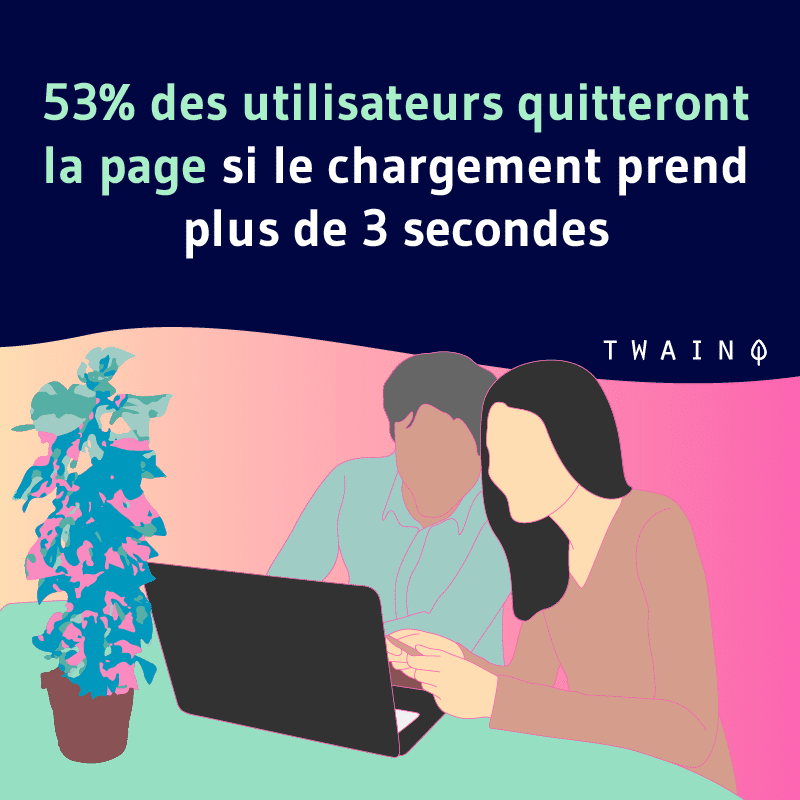
According to a report, 47% of consumers expect to discover the content of the desired web page in less than 2 seconds of loading time.
In addition, a 2009 report from Google indicated that a 0.5 second delay in page load results in a huge drop of 20% in traffic
In addition, it should be taken into account that Google had announced that from July 2018, the loading speed will start influencing the SEO ranking of a website.
Here is a comprehensive guide that can help you optimize your website’s loading speed Gtmetrix: The Complete Guide.
2.4. Prioritize your site’s colors and images
In reality, there are several methods of using color and image when it comes to website design. A bad design can have a negative effect on the reputation of the platform at first sight
In fact, website design is constantly changing.
For this reason, it is highly recommended to hire a web design agency in order to avoid some common mistakes that most beginners make.
To do this:
- Learn about the psychology of color and its impact on readers;
- Avoid using too many colors on your website: A good rule of thumb is to limit color diversification to four;
- Use only photos that accurately portray your company’s image: This gives searchers a quick idea of what you are all about.
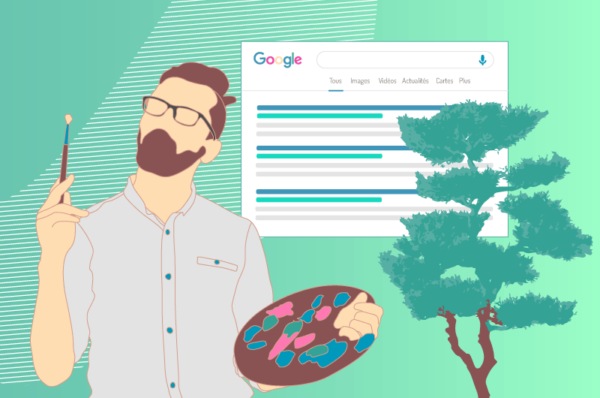
Finally, having a brand color can also help drive good traffic to your website.
Conclusion
In short, Pogo sticking is a strong sign that something is wrong with your site. You should therefore proceed to an sEO audit audit of the site to make sure that your content solves user’s questions and especially creates a strong engagement.
To do this, you need to invest time in writing and come up with articles that provide comprehensive information, while paying attention to the design of the site.
In this article, I had the opportunity to define the concept of Pogo Sticking and give tips to avoid it.
If you know of other strategies for Pogo Sticking, I invite you to share them with us in the comments.
See you soon!

